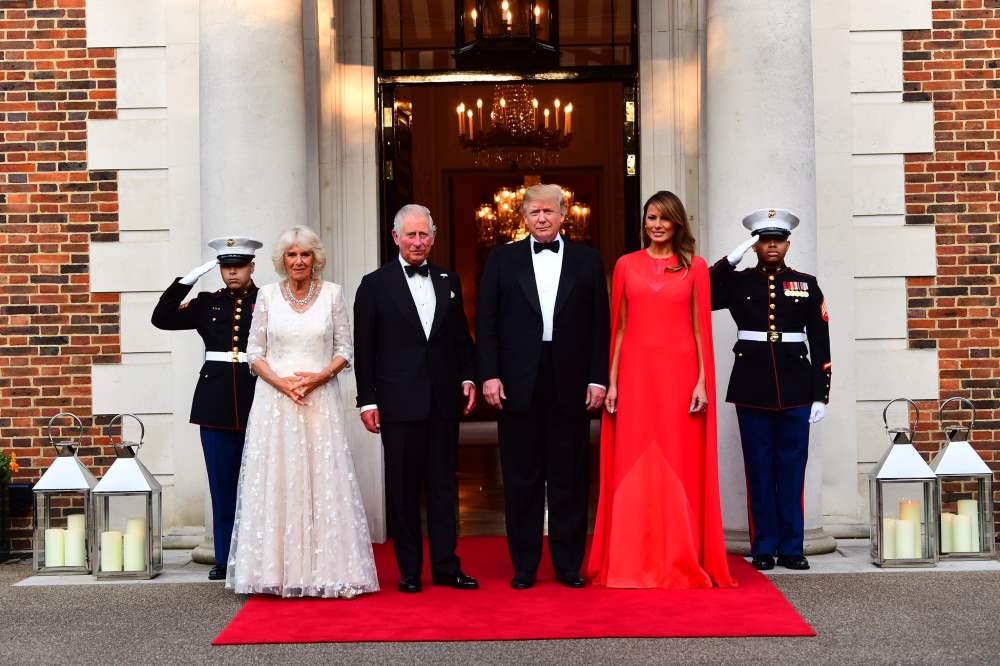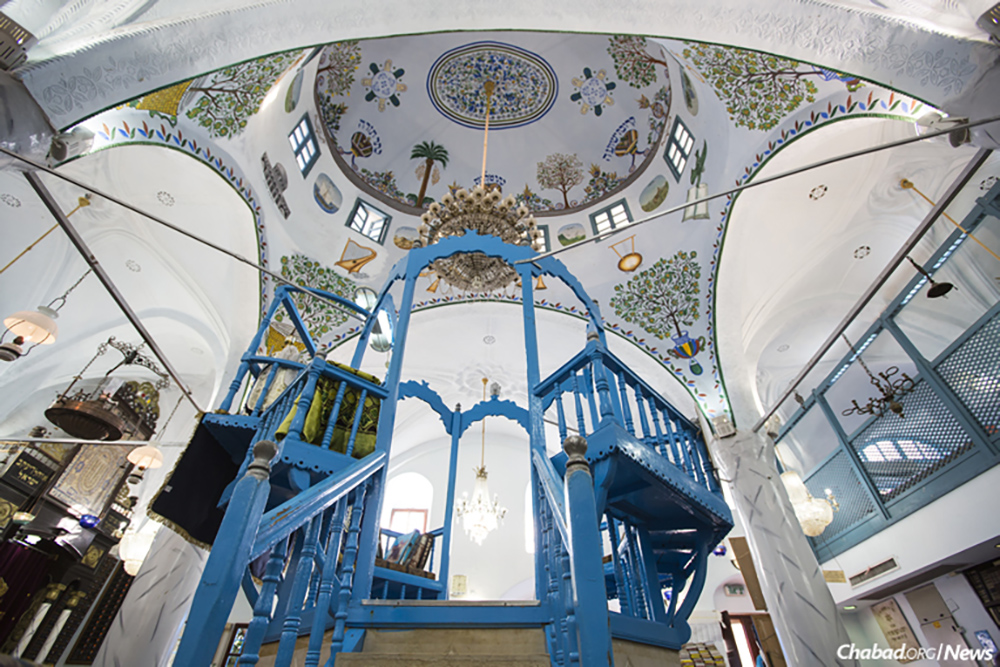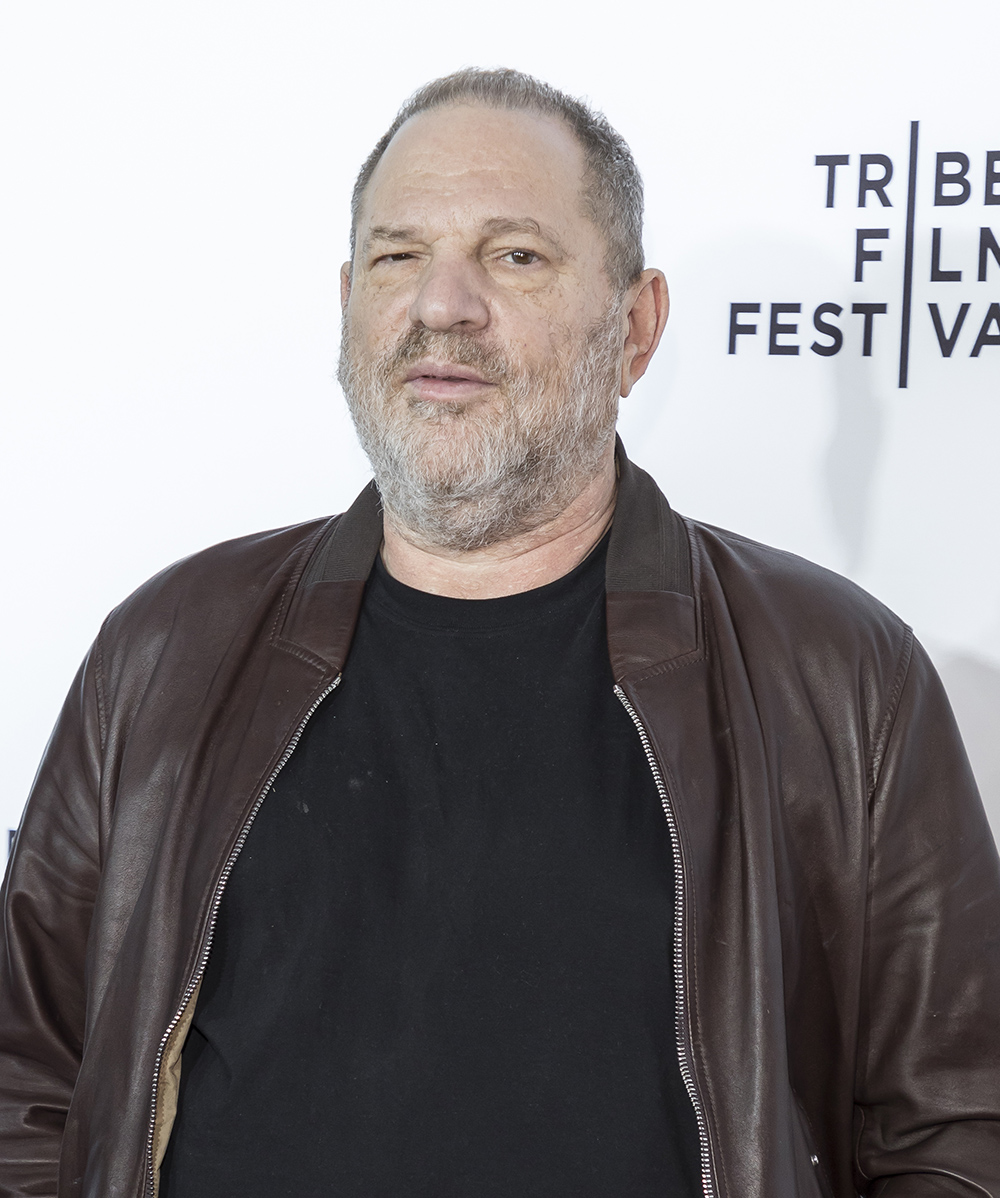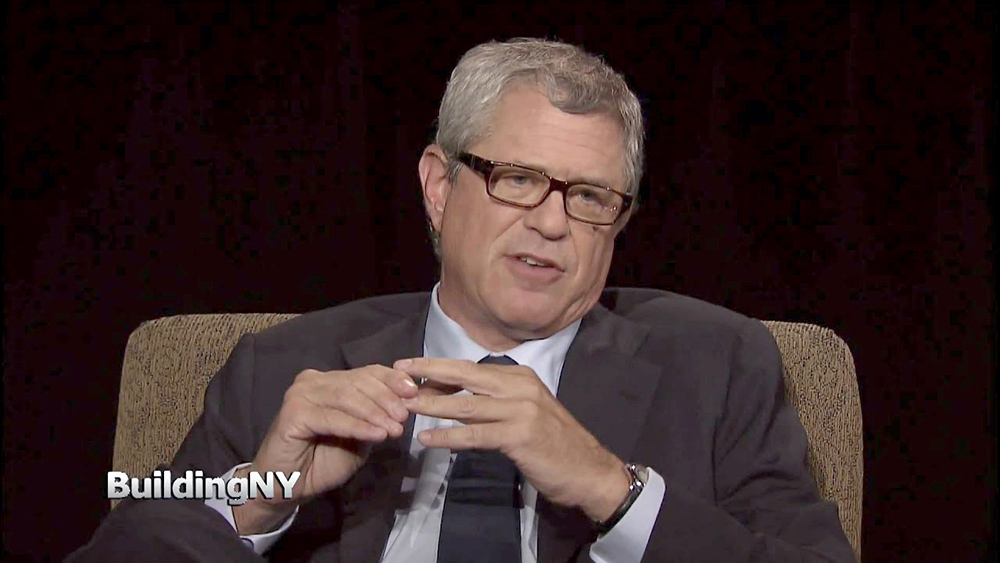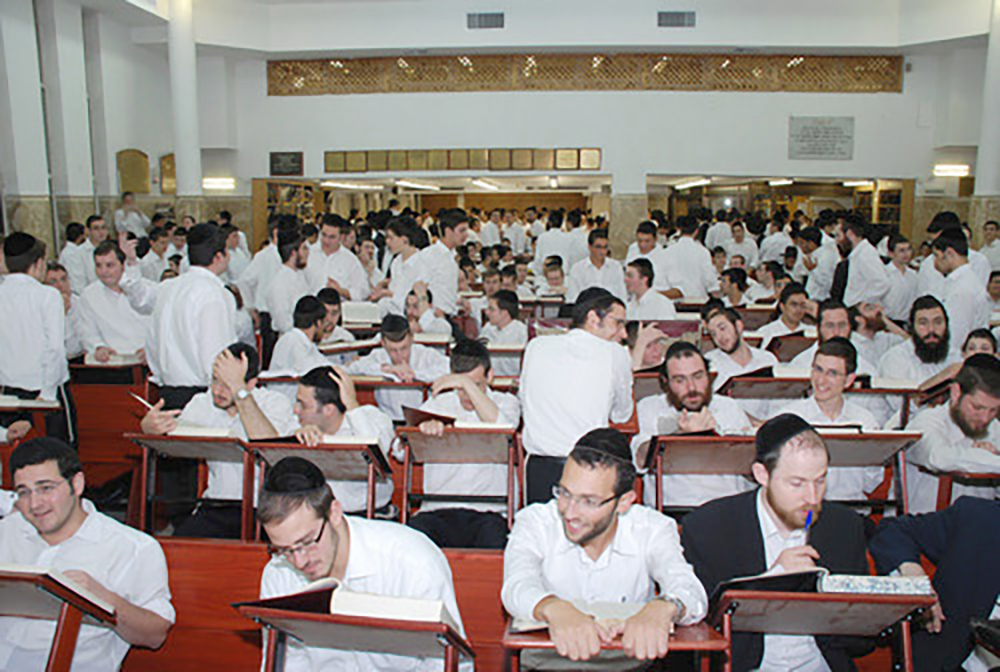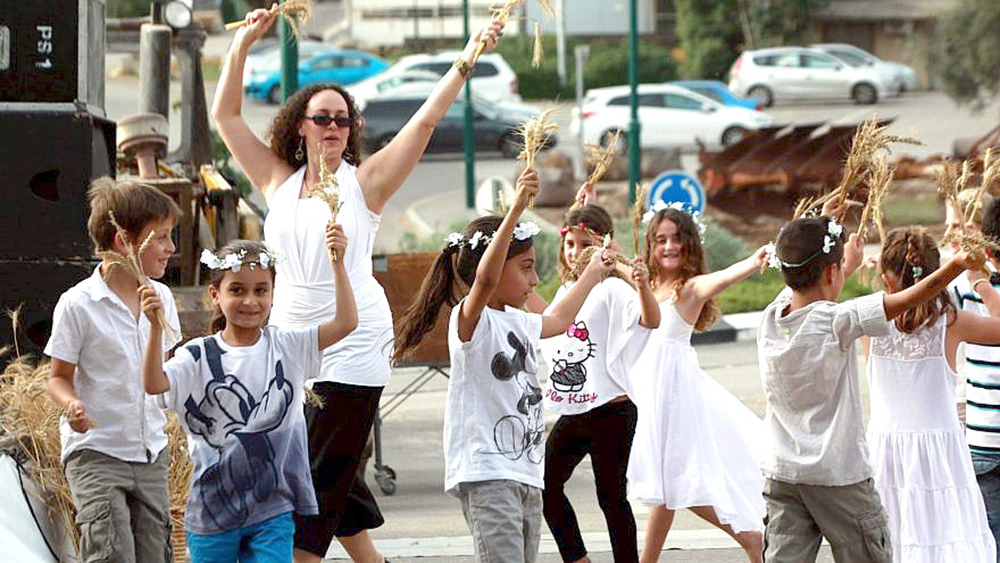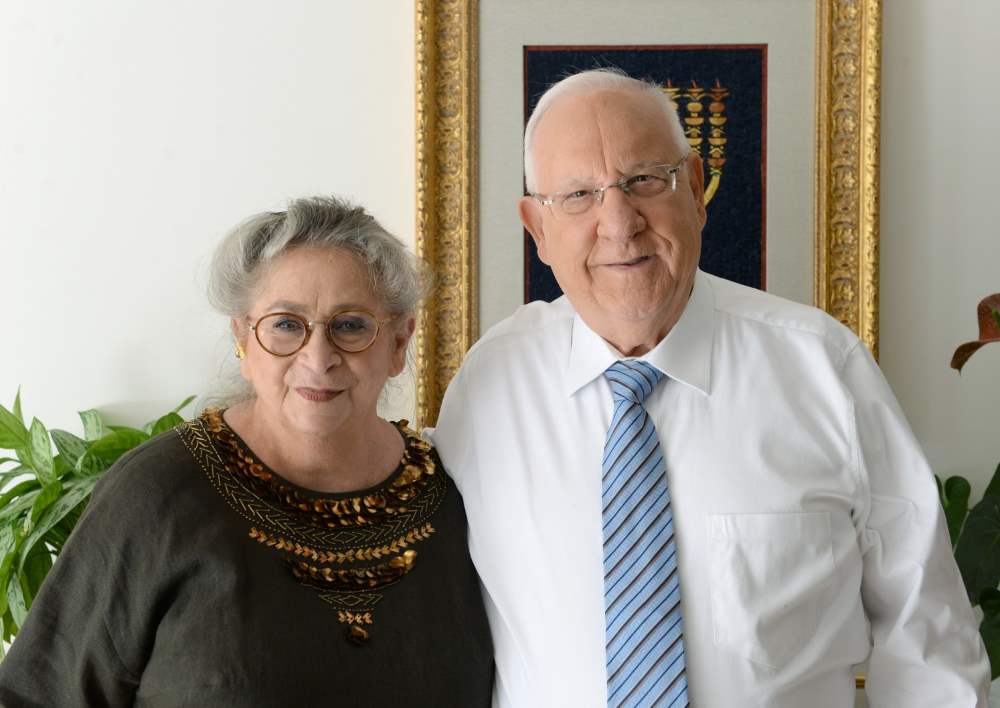President Trump got down to business on Tuesday, as he spent the second day of his visit to the United Kingdom talking trade deals with embattled Prime Minister Theresa May at 10 Downing Street.
By: Fern Sidman
During the joint press conference that the two close allies held, Trump deployed a mix of diplomacy and barbs.
Trump said the U.S. is committed to a “phenomenal trade deal” with Britain as the country prepares to leave the European Union, he saw “no limitations” on future intelligence sharing despite disagreements over the threat posed by China tech giant Huawei, and he praised the outgoing British prime minister saying May has “done a very good job.”
According to a VOA News report, thousands of demonstrators have thronged central London to protest Trump’s visit to London. When queried on Tuesday about his reaction to the demonstrations, Trump said he saw only a single small protest and media reports of much larger crowds are “fake news.”

On that note, on Monday, upon his arrival in England, Trump commented on Twitter that television news from the United States was only available from CNN International. He asked his Twitter followers to pressure AT&T, which is CNN’s parent company to either have the network offer factual news rather than what he has termed “fake news” or else choose to boycott the Atlanta based cable news network.
Prime Minister May praised the relationship between the two countries, but acknowledged some differences over climate change and Iran. Britain still supports the Paris Climate accord, which Trump has rejected, and supports the Iran nuclear agreement that the U.S. has withdrawn from, according to a VOA report.
May spoke days before she is scheduled to resign after failing to secure a deal to complete Britain’s exit from the EU. That process will be inherited by her successor, with no clear path to a resolution among sharply divided parties.
Trump, who has publicly backed former Foreign Minister Boris Johnson, predicted an agreement for Britain to leave the EU “will happen and that it should happen.” He also suggested that the UK not be responsible to pay an almost $50 billion “divorce bill” just for the opportunity to pry itself loose from the EU in the Brexit mandate.
Ahead of his trip, Trump told the Sunday Times of London that, “If you don’t get the deal you want, if you don’t get a fair deal, then you walk away,” The commander-in- chief had previously been critical of how May handled the Brexit negotiations after the British people had voted in favor of the split.
Trump described UK opposition Labor leader Jeremy Corbyn, who has been critical of Trump, as a “negative force” and said he would not meet with him during his Britain visit, according to a VOA report.
Trump has publicly backed former foreign secretary Boris Johnson as leader of the Conservative Party to succeed May, as was reported by VOA. He told reporters before departing the White House late Sunday he may meet with Johnson and Brexit party politician Nigel Farage while he is in London, potentially creating an embarrassment to the outgoing prime minister.
What is certainly not on his agenda is a meeting with London Mayor Sadiq Khan, who wrote in The Observer newspaper that welcoming Trump for a state visit is “un-British.” He cited Trump’s sharing of tweets from a “British far-right racist group,” the president’s rejection of scientific evidence of climate change, and Trump “trying to interfere shamelessly” in the race to replace May.
When asked if he would be open to meeting with Khan, Trump said Sunday, “No, I don’t think much of him” and likened him to New York mayor Bill de Blasio, a Trump political opponent, “only shorter”.
VOA reported that upon landing in London, Trump continued his attack on Khan via twitter, calling him a “stone cold loser” who “has been foolishly ‘nasty’ to the visiting President of the United States, by far the most important ally of the United Kingdom.”
Foreign Secretary Jeremy Hunt criticized Khan for his “great discourtesy”. But Health Secretary Matt Hancock said the office of the mayor of London should be respected in the same way one respects the office of the president.
At a business roundtable event on Tuesday morning, Trump said he thinks the U.S. and Britain will reach a “very, very substantial trade deal” that is “very fair.”
May said Britain and the United States could expand their economic partnership with a bilateral trade deal and that her government believes in “keeping markets free, fair and open,” as was reported by VOA.
Trump has pursued new trade arrangements with a number of major U.S. trade partners, including China, with a stated goal of making terms more friendly to the United States.
Later in the day on Tuesday, Trump and first lady Melania dined with the heir to the throne, Prince Charles of Wales and his wife, Camilla, the grand Duchess of Cornwall.
On Monday, Britain’s Queen Elizabeth II, the longest reigning monarch in history greeted Trump and wife Melania after they arrived on the lawn at London’s Buckingham Palace on the Marine One helicopter on a day that was replete with pomp and circumstance. Subsequent to a welcoming ceremony that included a 41-gun salute, and inspection of the Royal Guard of Honor, the Trumps headed inside for a private lunch with the queen and members of the royal family.
Absent from the proceedings was the Duchess of Sussex, American actress Meghan Markle, who is married to Queen Elizabeth’s grandson, Prince Harry. On May 6th, Ms. Markle gave birth to their first child; a boy named Archie Harrison. She is currently on maternity leave at their country residence at Frogmore Cottage near Windsor Castle.
Prince Harry, the Duke of Sussex did indeed attend the Queen’s lunch for her guests from the US, despite the fact that due to an alleged comment from Trump, his wife’s name was bandied about in the UK tabloid press.
Prior to leaving Washington, a controversy of sorts emerged when responding to a question from a British reporter, Trump said that Markle was “nasty.” The interviewer asked him if he was aware of critical comments Markle has made about his presidential run in 2016 and her statement at the time concerning her intent to move to Canada if he was elected. He then said that he is sure Markle will do “excellently” in her role as the Duchess of Sussex and that he hopes she succeeds. Trump denied that he had called Markle “nasty.”
The queen gave the president and the first lady a tour of the picture gallery of the Buckingham Palace. The artifacts on display include an 18-century map of New York and a pewter horse statuette that the president gave Queen Elizabeth on his working visit last year, according to a VOA report.
The Queen presented Trump with a first edition of Sir Winston Churchill’s book “The Second World War,” from 1959, with gilt decorations and hand-sewn bindings in the colors of the US flag. He was also given a three-piece Duofold pen set decorated with an EIIR emblem, in a design made exclusively for the monarch.
Mrs Trump received a specially commissioned silver box with a handcrafted enamel lid, decorated in royal blue with roses, thistles and shamrocks to represent the ceiling of Buckingham Palace’s music room.
The rest of the day included a tour of historic Westminster Abbey, and afternoon tea with Prince Charles and his wife Camilla at his London home, Clarence House.
Trump and the first lady met Prince Andrew, the Duke of York at Westminster Abbey, where they laid a wreath at the grave of the unknown warrior. Prince Andrew is Queen Elizabeth’s second oldest son.
The president signed the distinguished visitor’s book in his customary black marker pen, describing the 13th Century church as a “special place”.
The highlight of the day was the white-tie-and-tiaras state banquet dinner at Buckingham Palace. Besides the queen and her husband Prince Philip, other royals in attendance included Prince Charles and Camilla, and Prince William and his wife, Kate, Duchess of Cambridge, according to a VOA report.
Each of the president’s adult children and their spouses — Eric and Lara Trump, Donald Trump Jr., Ivanka Trump and Jared Kushner, and Tiffany Trump — attended the banquet. Several White House aides also joined, including counselor Kellyanne Conway, national security adviser John Bolton and press secretary Sarah Huckabee Sanders.
In his speech at the banquet, Trump praised the courage of the British people during World War Two and called the Queen a “great, great woman”.
“In that dark hour, the people of this nation showed the world what it means to be British,” he said, adding that their bravery ensured that the destiny of the country “remained in your own hands”.
Trump ended his speech with a toast to “the eternal friendship of our people, the vitality of our nations and to the long-cherished and truly remarkable reign of Her Majesty the Queen”.
The Queen praised the two countries’ role in creating an assembly of international institutions that would ensure “the horrors of conflict would never be repeated”.
On Twitter before the banquet, Trump praised the welcome from the Royal Family as “fantastic” and said the relationship with the UK is “very strong”.

